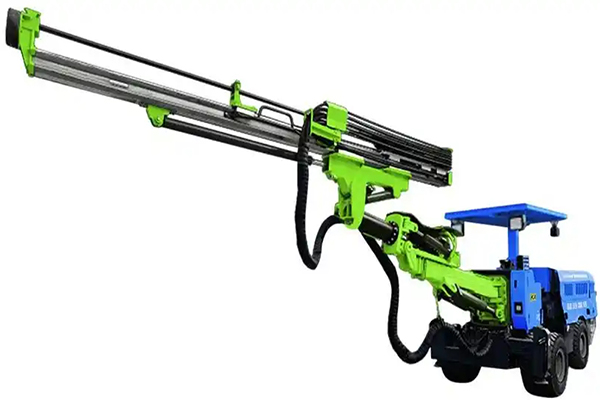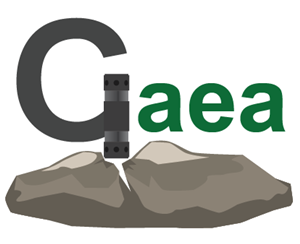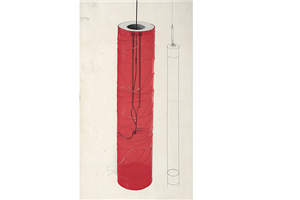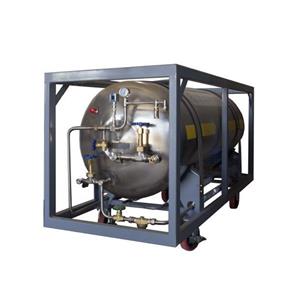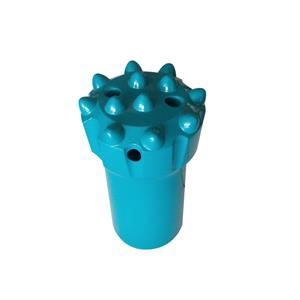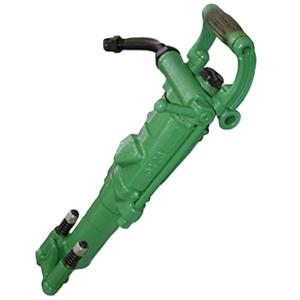How to choose drill bits for fully hydraulic drilling rigs in rock formations of different hardness?
General method for fully hydraulic drilling rigs to select drill bit models according to rock hardness levels 1-10 in geological drilling:
Level 1 - 3 soft rock
- Drill bit model selection: scraper bits, PDC bits with low tooth density (crown shape is long parabolic, cutting tooth size is 19-24mm, negative rake angle is 15°-20°), and ball tooth bits with large ball tooth diameter (such as 16-18mm) and relatively few ball teeth can be used.
- Reason for selection: Soft rock has low hardness and is easy to be broken. Scraper bits have high drilling speed; PDC bits have strong cutting ability, and long parabolic crown, large cutting tooth size and small negative rake angle are conducive to improving drilling efficiency; large ball tooth bits can effectively cut into rocks and reduce friction resistance.
4-6 medium-soft rock
- Drill bit model selection: roller cone drill bits, ball-tooth drill bits with a ball tooth diameter of about 13-16mm and uniform distribution, and PDC drill bits with medium tooth density (medium parabolic crown, cutting tooth size of 16-19mm, negative rake angle of 17°-25°) can be selected.
- Reasons for selection: roller cone drill bits are suitable for medium-soft formations and have strong crushing ability; the ball tooth size and density of ball-tooth drill bits can better crush medium-soft rocks; the medium parameter configuration of PDC drill bits can take into account both drilling efficiency and drill bit life.
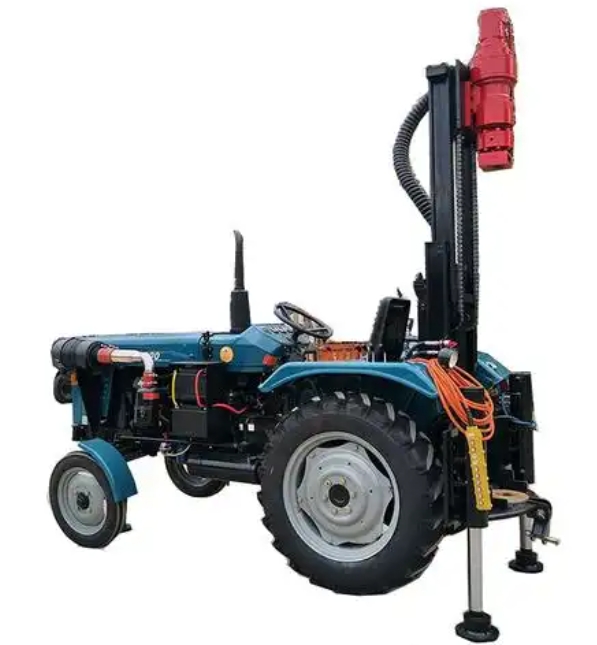
7-8 medium-hard rock
- Drill bit model selection: medium-grained surface diamond drill bits with a particle size of 20-40 grains/carat, impregnated diamond drill bits with a mesh size of 60 or coarse, and PDC drill bits with a higher tooth density (short parabolic crown, cutting tooth size of 13-16mm, negative rake angle of 20°-30°) can be used.
- Reason for selection: Medium-hard rock has a high hardness, and diamond drill bits have good wear resistance and can drill effectively. The particle size and matrix hardness of medium-grained surface-set and impregnated diamond drill bits are suitable for medium-hard rock; the high tooth density, short parabolic crown, small cutting tooth size and large negative rake angle of PDC drill bits can enhance wear resistance and aggressiveness.
9-10 grade hard rock
- Drill bit model selection: Generally, 80 mesh impregnated diamond drill bits, fine-grained surface-set diamond drill bits with a good particle size of 40-60 grains/carat, and polycrystalline diamond composite (PDC) drill bits (high tooth density, short parabolic crown, cutting tooth size of 13-16mm or less, negative rake angle of 25°-35°) are selected.
- Reason for selection: Hard rock has extremely high hardness, requiring drill bits with extremely high hardness and wear resistance. The fine grain size and high concentration of impregnated diamond drill bits can adapt to hard rock drilling; the fine-grained surface diamond drill bits are of good grade and can effectively crush hard rock; the high tooth density, short parabolic crown shape, small cutting tooth size and large negative rake angle of the PDC drill bit can exert better cutting performance in hard rock.
